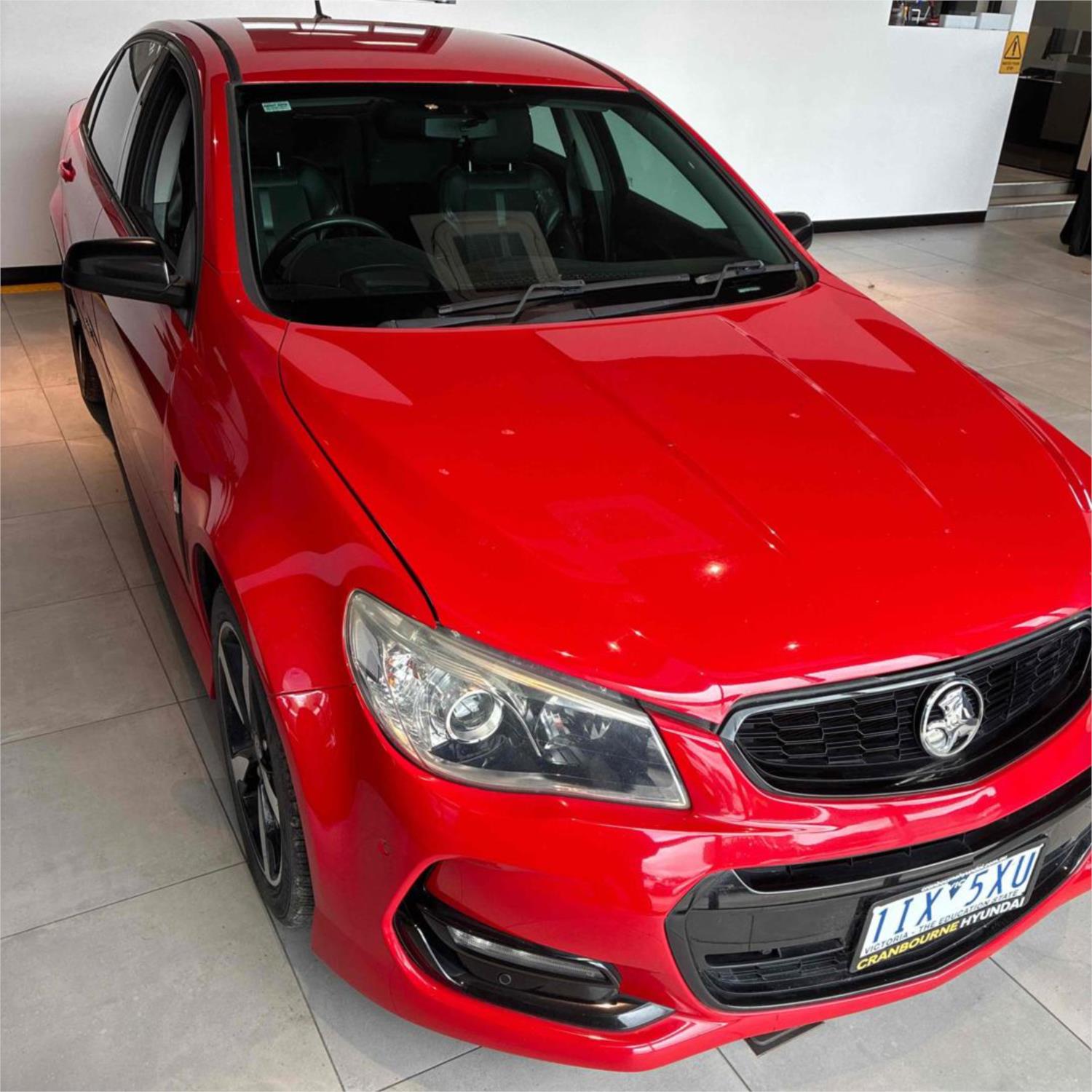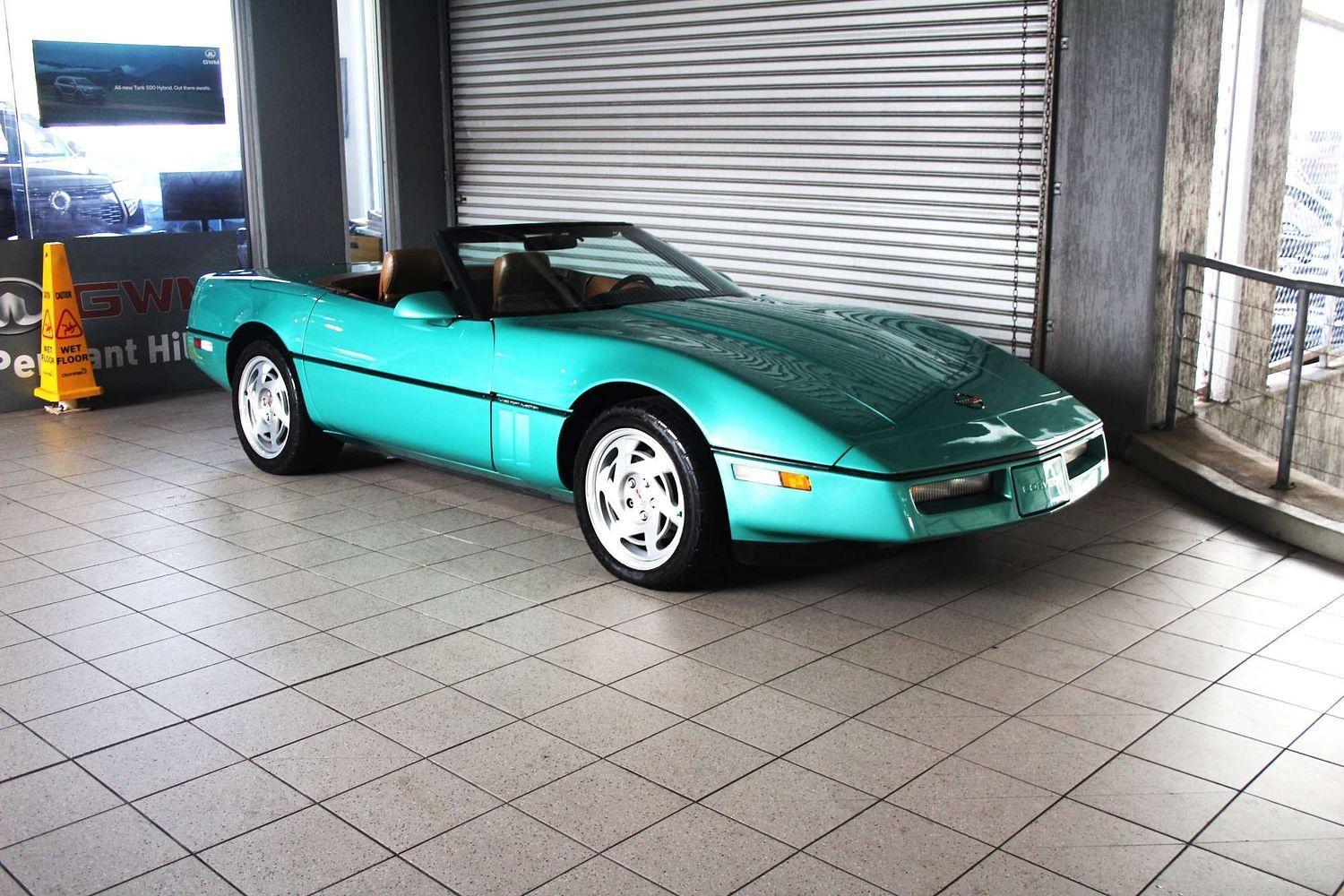Aston Martin reveals DBZ Centenary Collection


After earlier revealing their DB4 GT Zagato Continuation model, Aston Martin have now unveiled its modern counterpart in the two-piece DBZ Centenary Collection - the DBS GT Zagato.
Presented at the Audrain’s Newport Concours in the US, the DBS GT Zagato is based on the DBS Superleggera and powered by that model’s 5.2-litre twin-turbo V12 engine. But the GT Zagato features bespoke bodywork, a unique paint colour and premium exterior finishes, including gold badging, as well as bespoke interior trim.
The limited-edition DBS also employs several high-tech manufacturing processes, including the world’s first automotive application of configurable carbon and metal 3D-printed finishes.
The DBS GT Zagato and DB4 GT Zagato represent two ends of an almost 60-year relationship between Aston Martin and Zagato, and will be sold as a matching pair to celebrate the centenary of the Italian coachbuilder this year.



Modern Tech
Finished in Supernova Red, a colour exclusive to the Centenary Collection, the DBS GT Zagato contrasts this with exposed carbon fibre accents and centre-lock wheels finished in a combination of satin black and gold.
The ‘double bubble’ roof, a signature Zagato styling feature, has also been finished in carbon fibre, but in the GT Zagato it extends right through to the tail of the car, with no rear windscreen.
The bonnet bulges are a styling reference to the original DB4 GT Zagato and part of a comprehensive body makeover that also includes a larger, retro-style grille opening, reshaped rear diffuser and new head and tail lights.
Both front and rear Aston Martin ‘wing’ badges are made from solid 18-carat gold on this special edition vehicle, with gold anodised side strakes and Zagato ‘Z’ badging continuing the colour theme.
The grille is all black, but an unusual feature of this is that it’s ‘active’ meaning the diamond-shaped facets of the grille can be opened or closed to increase/reduce airflow.
Inside, Caithness Spicy Red leather trim features on the seats, centre console, door cards, steering wheel and even the dash. Contrasting this are satin black sections and exposed carbon fibre, as well as a jewelled gold finish to the centre console.
With the grandiose title of ‘Gold PVD’ (Physical Vapour Deposition) that’s exclusive to the DBZ Centenary Collection, the centre console has been created using configurable carbon and metal 3D-printed finishes, which Aston Martin are claiming have been used on a car for the first time in this application.
Gold PVD requires almost 100 hours of print time, with additional polishing and post-processing by skilled craftsmen to achieve a perfect, lustrous finish.
Should the customer prefer something a little less lustrous, Aston Martin says printed carbon or aluminium finishes for the saddle-style centre console are also available.
The process used to create the centre console can be applied to other parts, with Aston Martin able to make certain trim parts to customer request through their ‘Q by Aston Martin’ customisation service.
The same 5.2-litre V12 engine from the DBS Superleggera is used in the DBS GT Zagato, but output from this twin-turbo powerplant had been dialled up from 715hp to 760hp (533kW to 566kW). Most other mechanical specs are believed to be unchanged, which should mean a ZF 8-speed ‘rear mid-mounted’ automatic transmission with paddle shifters, as well as lower suspension (compared to the standard DBS).
Performance data hasn’t been confirmed, but thanks to the extra engine power, the DBS GT Zagato should be capable of hitting 100km/h from standstill in under 3.4 seconds, with top speed likely to be in the region of 340km/h. Performance characteristics are selectable through GT, Sport and Sport+ driving modes.


Old Style
In contrast to the modern DBS GT Zagato, the DB4 GT Zagato Continuation is a replica of the original DB4 GT Zagato from 1961.
Released primarily to keep Aston Martin ahead of its main competition sports car rival, Ferrari, the DB4 GT Zagato was based on the DB4 GT, but offered increased engine power and shaved almost 50kg off the car’s weight through the use of Zagato ‘superleggera’ (super lightweight) aluminium body construction.
The Continuation version remains authentic to the original in most respects, using a period-correct reproduction 4.7-litre straight six matched to a 4-speed manual gearbox. But where the original DB4 GT Zagato produced 314hp (234kW) in most instances, listed outputs for the Continuation version are 380hp (283kW) at 6000rpm and 360lb/ft (481Nm) at 5000rpm.
Period-correct centre-lock wire wheels and four-wheel disc brakes are fitted, with instrumentation and the large, wood-rimmed steering wheel authentic to the car’s 1961 origins, too. However, understanding that most DB4 GT Zagato Continuation buyers will use these cars in historic competition, Aston Martin have added a modern roll cage and race seats, as well as a fire extinguisher and battery isolator system. A race-grade fuel cell has been fitted inside the fuel tank, too.
Aston Martin say they will also make new 4.7-litre engines available to replace those damaged in competition.
Externally, the Continuation is identical to the car that inspired it, with the sleek Zagato bodywork carrying authentic features, like the longer nose and more prominent grille, faired-in headlights, recessed fuel fillers, a larger rear windscreen and recessed tail lights.


Limited Edition
Only 19 DBZ Centenary Collection pairs will be produced; the quantity selected in honour of the total number of original DB4 GT Zagatos built.
Despite a price tag of £6 million (AU$11.2M approx.) for each pair, all 19 are believed to have sold soon after they were announced. With DB4 GT Zagato Continuation production starting in August, DBS GT Zagato production is now underway, with all 19 pairs expected to be completed and delivered before the end of the year.













